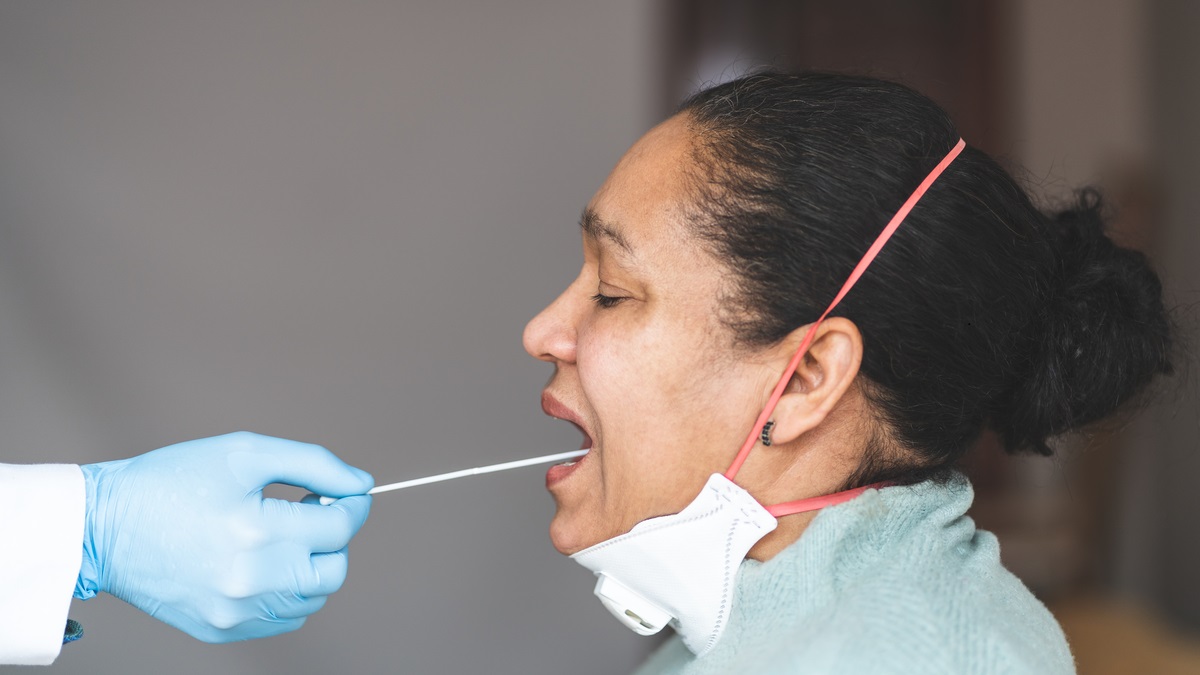
There are a multitude of reasons for the wide variation in healthcare diagnosis and treatment across the UK, ranging from where someone lives or works to their gender, race and age.
The inequalities have been highlighted by the coronavirus pandemic, calling for redistribution of the latest medical technology and innovations nationwide to address such an urgent problem.
But can healthcare inequality be tackled effectively when fallout from COVID will see NHS funding stretched as waiting lists continue to grow?
Some disparities were already increasing before the pandemic hit, as Imperial College London’s Dr Jonathan Clarke, co-author of Reducing healthcare inequalities and enhancing the NHS, explains: “In the last decade, life expectancy had fallen for some women in the poorest parts of the UK. Many improvements in population health of recent decades have stalled.”
To counter this, and to build on the success of localised vaccination programmes, one option touted as a potential way forward is community diagnostic hubs, sited on high streets or in shopping centres.
Neil Mesher, chief executive of Philips UK and Ireland, says: “The willingness of people to engage with health services in non-traditional settings, including supermarket car parks and dedicated vaccination centres, is one lesson we mustn’t overlook.
“By embedding diagnostic capabilities deeper into the community centres, where so many people already spend their time and transport links are well established, we can improve the NHS’s ability to discover and treat health issues more rapidly.”
Ex-NHS radiographer Jane Rendall, managing director of Sectra, a diagnostics imaging company, adds: “This could alleviate pressures on pathology, radiology and other specialities in acute environments. The right technology needs to be in place to make this happen, for example the cloud computing required to allow imaging and other digital diagnostic data to flow, potentially nationally.”
At the local level, community pharmacies have also been heralded as having a potentially bigger role. But research by Medicine Direct shows this could prove tricky as it found, among nearly 17,000 of them, there were big disparities in the number of people they serve. In London this was 1,131 patients per pharmacy while, for example, in Salisbury it was almost 6,000.
Bridging the digital inequality gap
Many technological solutions have been offered to solve this inequality crisis, including the digitalisation of records for more effective data analysis using advances in artificial intelligence, plus more apps to aid diagnosis, treatment and care. But a survey from diabetes management app Quin showed just one in ten of those questioned had used an app to monitor their own health conditions, despite 87 per cent agreeing with their positive benefits.
To change this, Quin co-founder Cyndi Williams wants more support and partnerships with the healthcare industry. She says: “The onus cannot fall solely on the patient to find the right app for them. You wouldn’t expect a patient to find the right drug on their own, so it is unreasonable and unrealistic to expect the majority to find medical apps independently.
“The more effectively we can integrate technology with healthcare, maximising access and convenience and offering guidance to suit a patient’s individual lifestyle, behaviours and preferences, the more we can democratise healthcare and improve people’s lives.”
Nicholas Kelly, chief executive of care technology provider Axela, cautions on “trying to run before we’ve learnt to walk”.
“We’re actively talking about video consultancies, remote patient monitoring and electronic health records. I think this is amazing and definitely the way forward, but in doing that we forget a large majority of the country don’t have access to standard broadband speeds or even have access to technology that would facilitate this. So I would like to see more money spent in bridging the digital gap in terms of the use of technology,” he says.
Changing attitudes and perception
Such inequalities are not just physical, they exist in mental healthcare too. Dr Stephani Hatch, professor of sociology and epidemiology at King’s College London and lead for its healthcare inequalities research group, will discuss such issues at May’s international MQ Science Summit.
“To tackle racial and ethnic inequalities in mental health we need wider recognition of racism and discrimination as pervasive sources of adversity and in some cases trauma, which are witnessed and experienced across institutions and over the life course,” she says.
“We need to see institutions demonstrating racial inclusion as a practice and an expectation in education and training pipelines and leadership. Investment is needed too in improving racial and ethnic minority representation in those conducting and participating in mental health research.”
Lord Victor Adebowale, chairman of video-collaboration platform Visionable, has a similar view on inclusion. He says to get the most from digital adoption to advance equity, we must ensure those commissioning services design them with a fuller understanding of the needs of the individuals and communities they are intended for.
“Procurement could otherwise present a clear and present danger to ensuring that digital tech in health supports increased equity and equality in healthcare,” he warns.
Empowerment is another important factor, with a recent report by Public Policy Projects including as one of its twelve policy recommendations the need to empower patients to become informed co-creators of their own health.
A solution could simply be listening and talking more, says Peter Taylor, director of research at the Institute of Development Studies. “It is rare for the views of those who experience the worst effects of healthcare issues to be included in decision-making around interventions,” he says.
“Listening and engaging is essential to rebuilding trust and confidence in healthcare providers and interventions, which in turn determines take-up and effectiveness. Without consultation with the communities affected at local, national or global level, there is a huge risk those already left behind will fall even further behind.”
